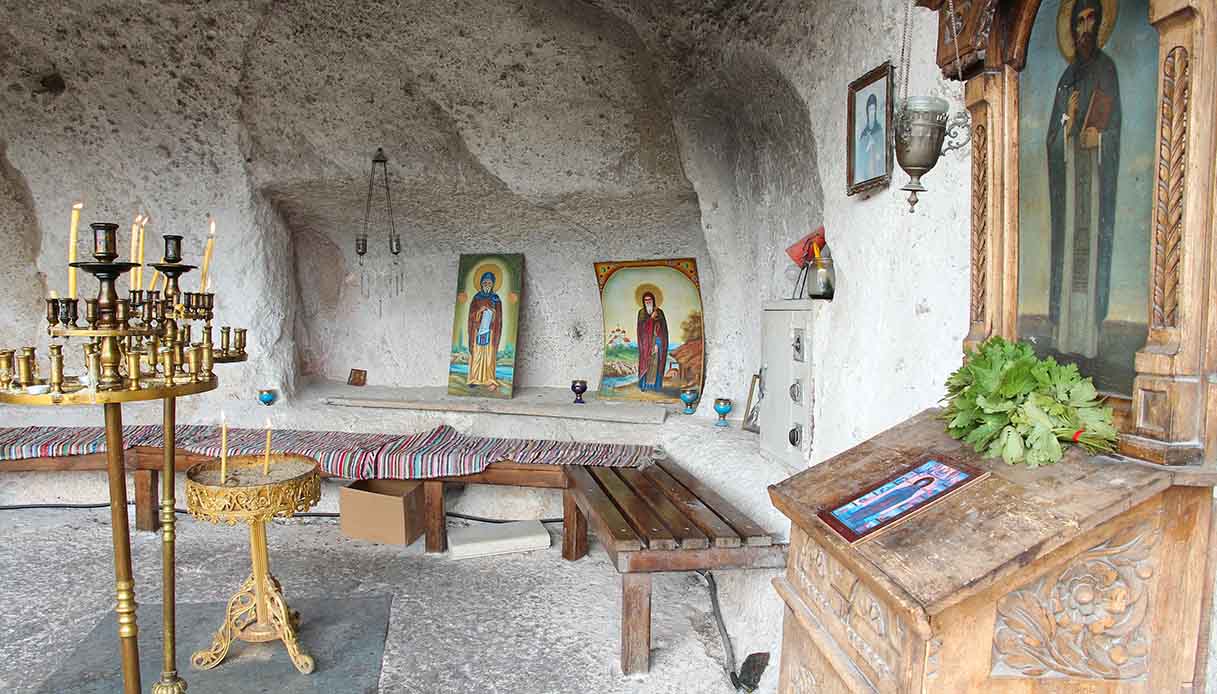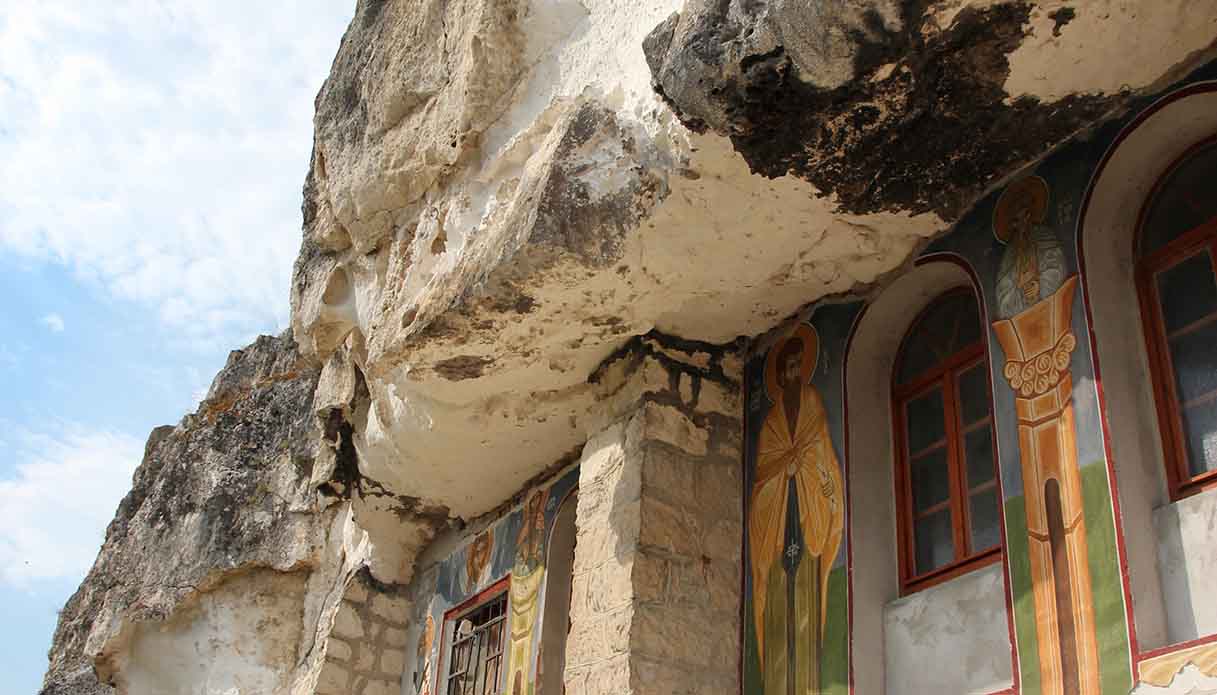There are many, many ways of expressing faith and religiosity: spirituality, as we know, is something personal. Yet, in these rock-hewn churches, the rock churches of Ivanovoyou can find something really strong, authentic and magnetic.
In their uniqueness, in their having been obtained inside such a naked and raw material, we can find the higher sense of mysticism. And that is why they are special, that is why they are all to be discovered: because their charm is transcendental.
The history of the rock churches of Ivanovo
Once upon a time there were caves in Bulgaria, set in mountainous areas apparently bare and rugged but surrounded by dense wooded corners. It was the year 1200 and those caves first became a destination for reflection and prayer and then dwellings for some monkswho began to argue that life within such spartan accommodations brought them closer to God. It was for this reason that in 1320 the Patriarch of Bulgaria Joachim created a real “spiritual complex”.
Basically, he used the richest area of caves and quarries for spirituality, trying to make them more comfortable for the monks. It was not long, however, before the monks themselves and the Patriarch came to mind that these very suggestive caves could become real churches. Indeed, some were large enough to create gods monasteries with small outbuildings where the monks could lodge.
The rock churches, from a spiritual complex to a Unesco World Heritage Site
Around 1300, therefore, the area of the caves was rich in churches, churches and chapels, where religious could meet and where the faithful could stay to pray. In total, the whole area included as many as 40 churches and 300 small buildings. Unfortunately, with the passage of time, many were abandoned or subjected to erosion and natural damagewhich made it impossible to keep them.

In total, today, there are five rock churches of Ivanovo preserved in good condition and they make up a Unesco site, World Heritage Site. The five churches are distinguished by period and style, but remain a great example of how much ascetic practice was encouraged at the time to enter into communion with God and how Bulgaria was strongly influenced by Byzantine art.
The art of the rock churches of Ivanovo
As we have already said, the beauties of these Bulgarian sacred places are different from each other. This is because three churches date back to the first half of the 1200s, when Tsar Ivan Asen II reigned, who re-embraced the Orthodox Christianity. This religious choice is reflected in the decorations of the three rock churches that stand on the high rocky banks of the Rusenski Lom river, characterized by lively frescoes, oval faces, full lips, of almost rough shapes and almost total lack of backgrounds.

The other two churches that have stood the test of time, however, were born under Tsar Ivan Alexander, who had much more intense relations with the Byzantine Empire. Therefore, the interiors of these churches, which are located lower than the river, are more detailed: even if the colors are more subdued, the figures are much more accurate, less sketchy, they are elegant and harmonious and stand out against manicured backgrounds. Each church is, however, a world unto itself, to be discovered: a journey to take if you want to breathe the most alive and true spirituality.

